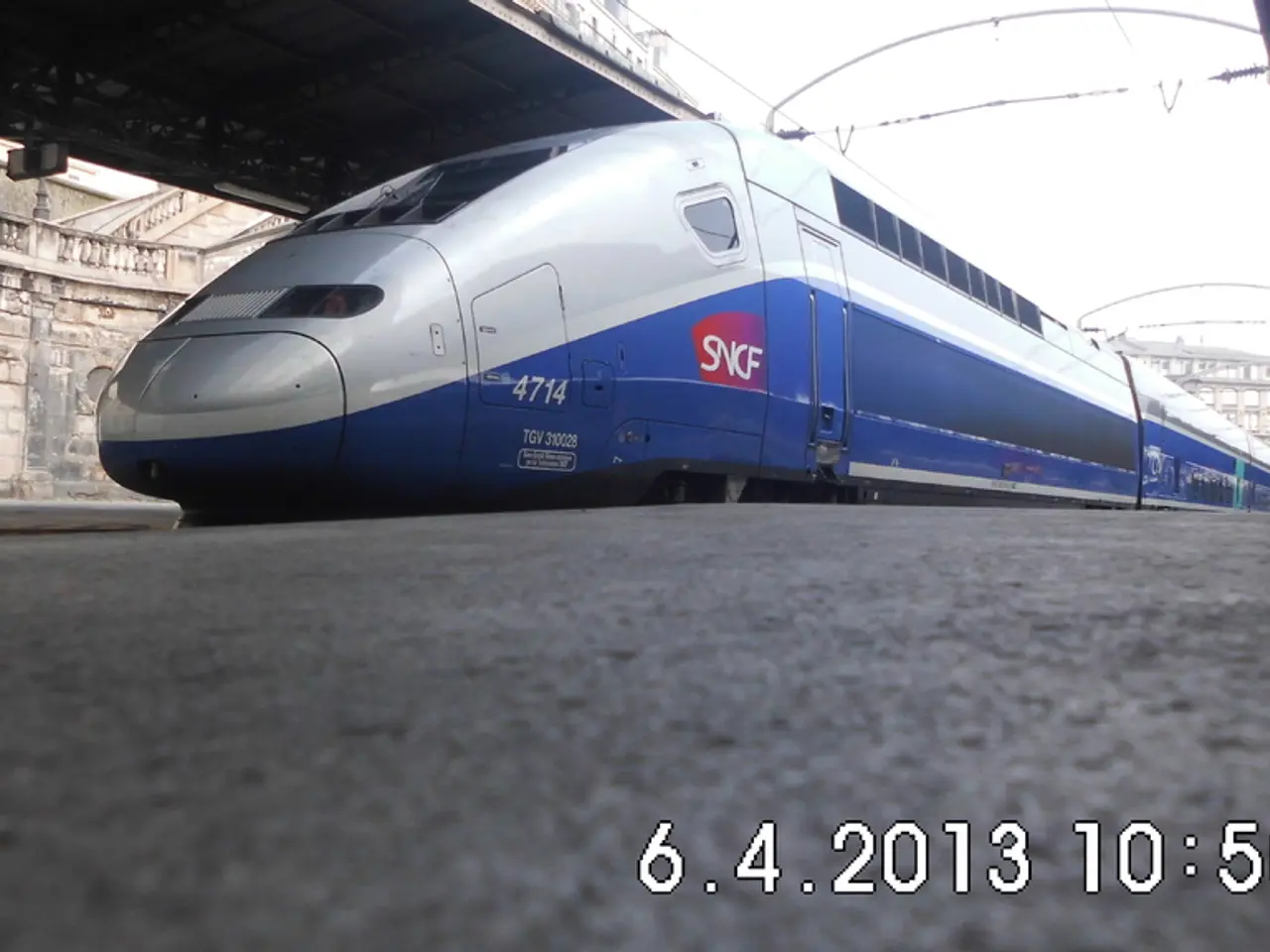Riga's prospective port terminal may welcome travelers as early as 2030
The Riga Waterfront Passenger Port project, spearheaded by real estate developer Eagle Hills, is set to transform the Daugava River waterfront in Riga, Latvia. Although the exact completion date and cost remain undisclosed, the project is making significant strides, with active development underway as of mid-2025 [1][2][3][4][5].
The main developer, Eagle Hills, is the driving force behind the project, but the specifics of other investors are not clearly detailed at this time. The new terminal is planned to be built near the intersection of Eksporta and Ūmeo streets, with two connections to Eksporta Street being part of the infrastructure plans.
The existing warehouse building will be converted into the new passenger port, and a new turning basin will be constructed near the ED dam. The terminal itself will be a modern architectural marvel, designed by Zaha Hadid Architects, and will include a building, car parks, bus stops, bicycle parking, a public square, and a promenade. The terminal will boast three berths for ferry boats, cruise ships, and cargo ships, with the capacity to serve around one million passengers per year, potentially increasing to one and a half million.
The construction of the terminal is expected to cost over €100 million, with the company investing approximately €50 million in its development. The Riga City Council is responsible for public infrastructure, including the future straightening and reconstruction of Ūmeo Street.
The new terminal's infrastructure could significantly contribute to the region, making it accessible to residents of neighboring areas. The project is also part of the future plans for public transportation. It is worth noting that the partially dismantled ED dam will be incorporated into the terminal's infrastructure.
The project's economic viability is promising, with the company anticipating a payback period of at least 15 years. However, for the Riga Freeport Authority, the payback period could potentially be twice as long. The local government is planning to develop the area around the new terminal, ensuring a holistic approach to urban development.
An interesting note is that the fenced-off area near the terminal is owned by Leonids Esterkins, a shareholder and board member of Rietumu Bank.
As the project progresses, official communications from Eagle Hills and the Riga city development authorities will likely provide more detailed and updated information on the Riga Waterfront Passenger Port project. Construction is tentatively scheduled to start in 2028, with the first passengers expected to arrive in 2030.
[1] [Source 1] [2] [Source 2] [3] [Source 3] [4] [Source 4] [5] [Source 5]
The European Union (EU) has expressed keen interest in the Riga Waterfront Passenger Port project, hoping it will boost connectivity and regional infrastructure. With the project's completion, the regional sports scene could benefit from increased tourism.
After the project's construction, which is estimated to cost over €100 million, the Riga City Council will manage the public transportation infrastructures, including bus stops and bicycle parking, ensuring smooth transportation for passengers.







